
Diğer Gezi Planları
Route
Tag 110.10.2024Donnerstag

Gellért Hill
235-meter block of dolomite that falls steeply down to the Danube! It's here along the hill's geological fault line that several of the city's most famous medicinal springs emerge to supply the Gellért Spa and Rudas Baths, which have lured visitors from far and wide since the 13th century.

Fisherman's Bastion
A magical beauty! Overlooking the Danube, on the spot where the city's fishermen's guild built their defence walls in the Middle Ages, stands the impressive Fisherman's Bastion. This exquisite collection of Neo-Romanesque towers, courtyards, colonnades, and walls was built between 1895 and 1902, and is one of the most popular points in the city for tourists, largely for its spectacular views over the city and the Danube. While here, be sure to look for the bronze equestrian statue of St. Stephen, the first King of Hungary, in the south courtyard. The reliefs on the sides of the base depict scenes from Stephen's life, and make for an incredible selfie backdrop.

Gül Baba’s Tomb and Rosegarden
Ulusal anıt olarak restore edilen 16. yüzyıldan kalma sekizgen Osmanlı türbesi ve bahçe.

Estergon Bazilikası
1822-1856 arasında inşa edilen neoklasik yer altı mezarı ve gösterişli iç tasarıma sahip kubbeli ibadethane.

Vişegrad

Renaissance Restaurant

Szentendre

Hősök tere
8 Setzt
Tag 211.10.2024Freitag

Hungarian Parliament Building
The world's third largest parliament building! This Neo-Gothic building was inaugurated in 1886 to mark the country's 1,000th anniversary. (Hungary was then part of the Austro-Hungarian Empire.) This impressive structure boasts 691 rooms, as well as an impressive 19 kilometers of corridors and stairs. Guided tours last approximately 45 minutes and are available whenever the government is not sitting, and include many of the building's highlights, such as the main entrance hall, various lobbies, and the Hungarian Crown Jewels. Most tickets sell out a week in advance, so make your reservations as early as possible.
/filters:format(webp)/post/buda-kalesi-1-220329-175903-6767.jpg)
Buda Castle
Built to protect the stronghold from Mongol and Tartar attacks! Although badly damaged in World War II, much of the exterior has been restored, along with sections of the interior, which now houses a number of important museums. These include the Hungarian National Gallery in the main wing, while in the south wing, the Budapest History Museum occupies four floors. In front of the castle, overlooking the Danube, stands a bronze equestrian statue of Prince Eugene of Savoy, a hero of Turkish attacks on the city. Castle Hill is worth exploring for its medieval lanes and it Romanesque, Gothic, and Baroque architecture. This entire historic complex is a UNESCO World Heritage Site.
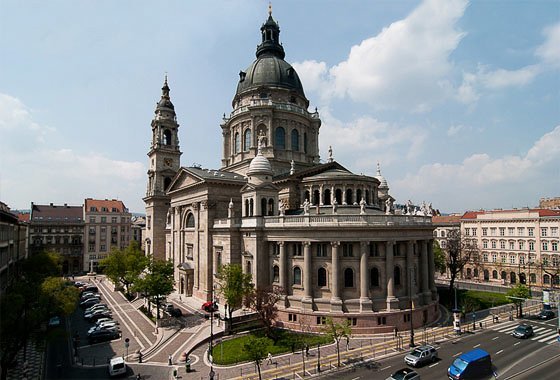
St. Stephen's Basilica
Popular attraction for its impressive architecture! The cathedral is dedicated to St. Stephen, Hungary's holy king and the founder of the Hungarian state, and construction began in 1851, but after several construction setbacks—including the collapse of its unfinished dome—it was not dedicated until 1905. The roof, towers, and external walls were badly damaged in World War II, and the church's precious mosaics fell from the walls. The cathedral's most precious holy relic, the mummified right hand of the church's patron saint, the first king of Hungary, is displayed under glass in the chapel to the left of the high altar.

Matthias Church
The Church of Our Lady! It is a prominent landmark on Castle Hill. It was completed in 1269, and its magnificent south doorway with its relief depicting the Death of Mary was added in the 1300s. During the Turkish occupation of 1541-1699, the church was used as a mosque, and was later renovated in the Baroque style. It has been the scene of several historic events, including the coronation of King Charles I of Hungary in 1309 and the coronation of Emperor Franz Joseph I of Austria and his consort Elisabeth as rulers of Hungary. It was for this event that Franz Liszt composed his coronation mass.
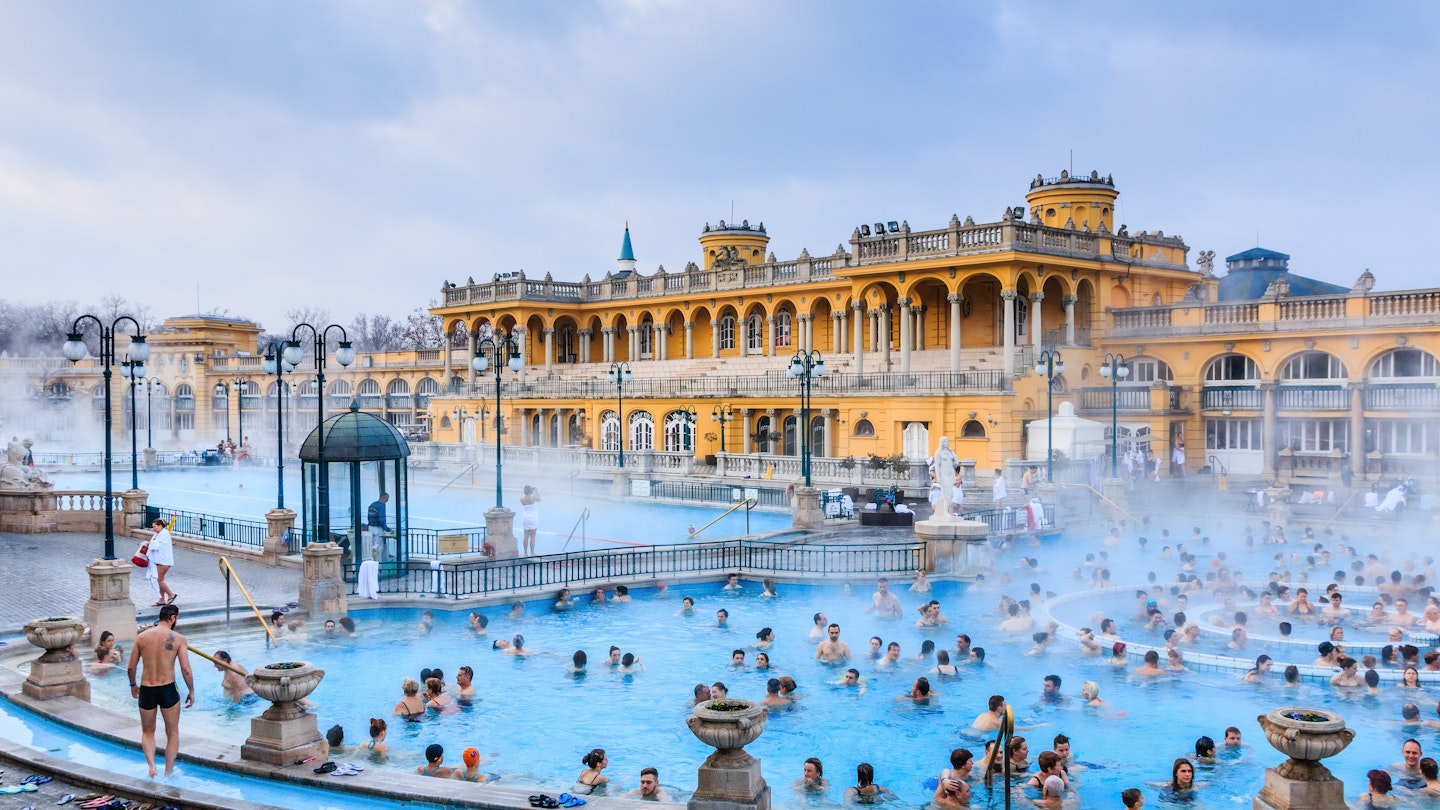
Széchenyi Thermal Bath
The most famous thermal place in the world! Budapest is well-known worldwide for its incredible thermal springs, many of which have been harnessed to provide citizens, as well as visiting tourists, the opportunity to relax and rejuvenate in thermal baths. Of the many such attractions Budapest, the best known is Széchenyi Thermal Bath (Széchenyi gyógyfürdo). Established in 1913, it's supplied by two thermal springs; it's also the biggest such facility in Europe, capable of handling thousands of bathers at a time in its three outdoor pools (including an adventure pool that's great for families) and 15 indoor pools.
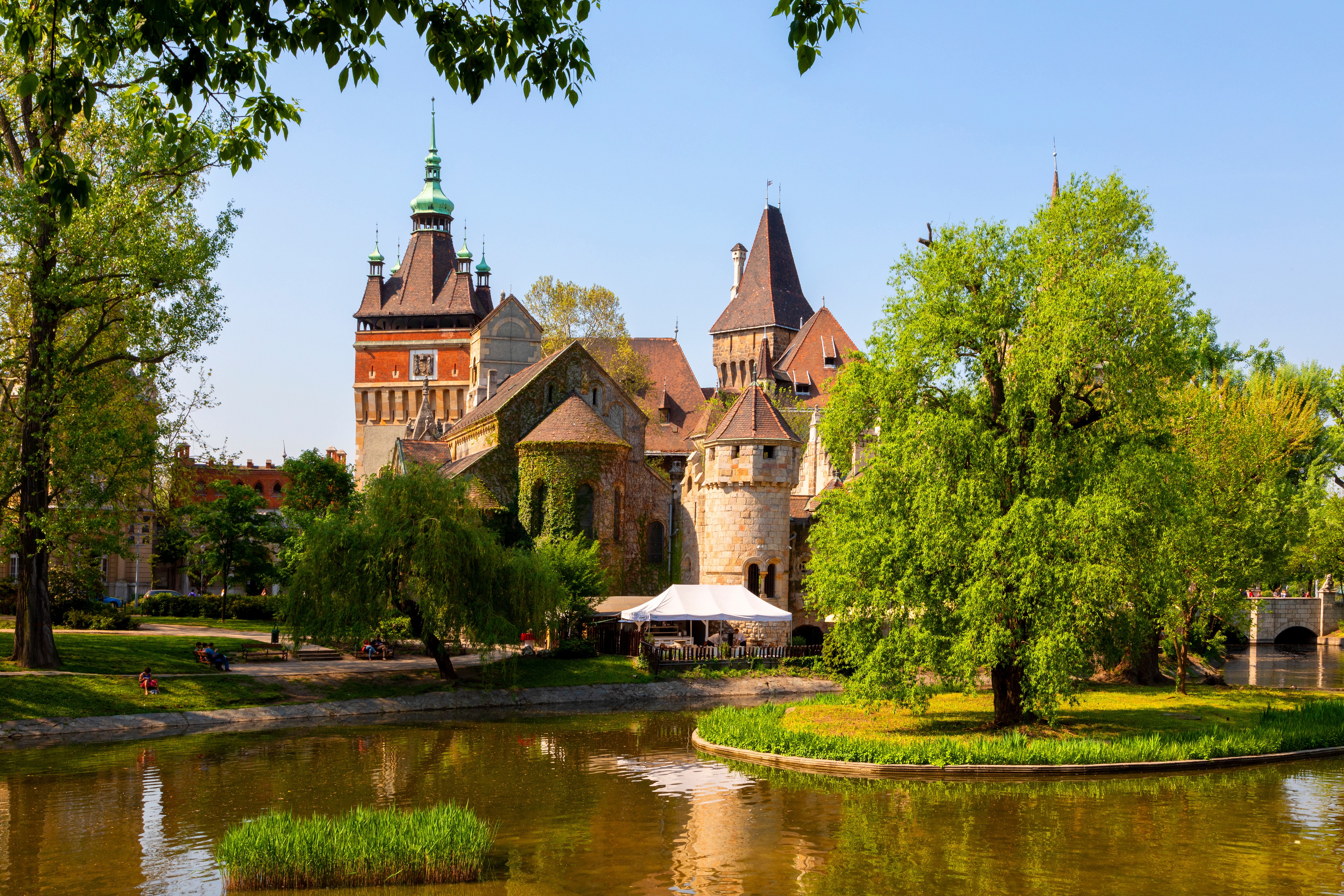
Városliget
History stays in this park! With its pretty lake, the 302-acre heavily wooded Városliget is a popular recreational site for both Budapest locals and visitors. Laid out in the 19th century, the park has had many additions over the years. Sightseeing highlights include the Museum of Fine Arts and the Palace of Art; the Municipal Zoological and Botanical Garden; the excellent Transport Museum of Budapest; Tivoli Pleasure Park, with its kids' rides and arcades; and the massive open-air Széchenyi Medicinal Bath. Also worth seeing are the fairy-tale Vajdahunyad Castle and the 100,000-seat People's Stadium.
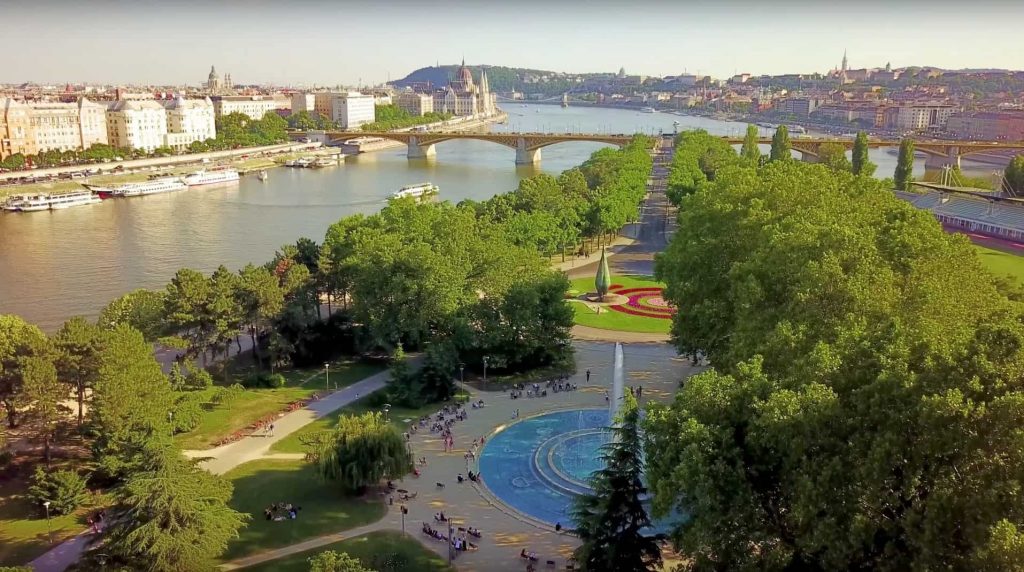
Margaret Island
Main recreation and recuperative center for locals! Thermal spring-fed medicinal baths, carefully tended gardens and paths, as well as the ruins of many historic buildings also serve to attract many tourists, too. A highlight of any visit is the Palatinus Baths, a huge spa complex that covers more than 17 acres and includes a bath with artificial waves, together with various medicinal, swimming, and children's pools capable of accommodating up to 20,000 bathers at a time.

Vajdahunyad Castle
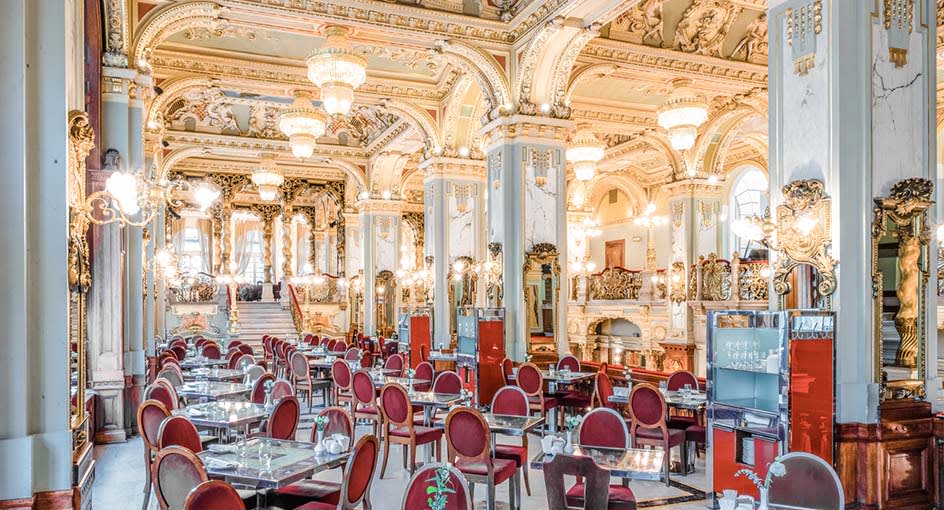
New York Café
9 Setzt
